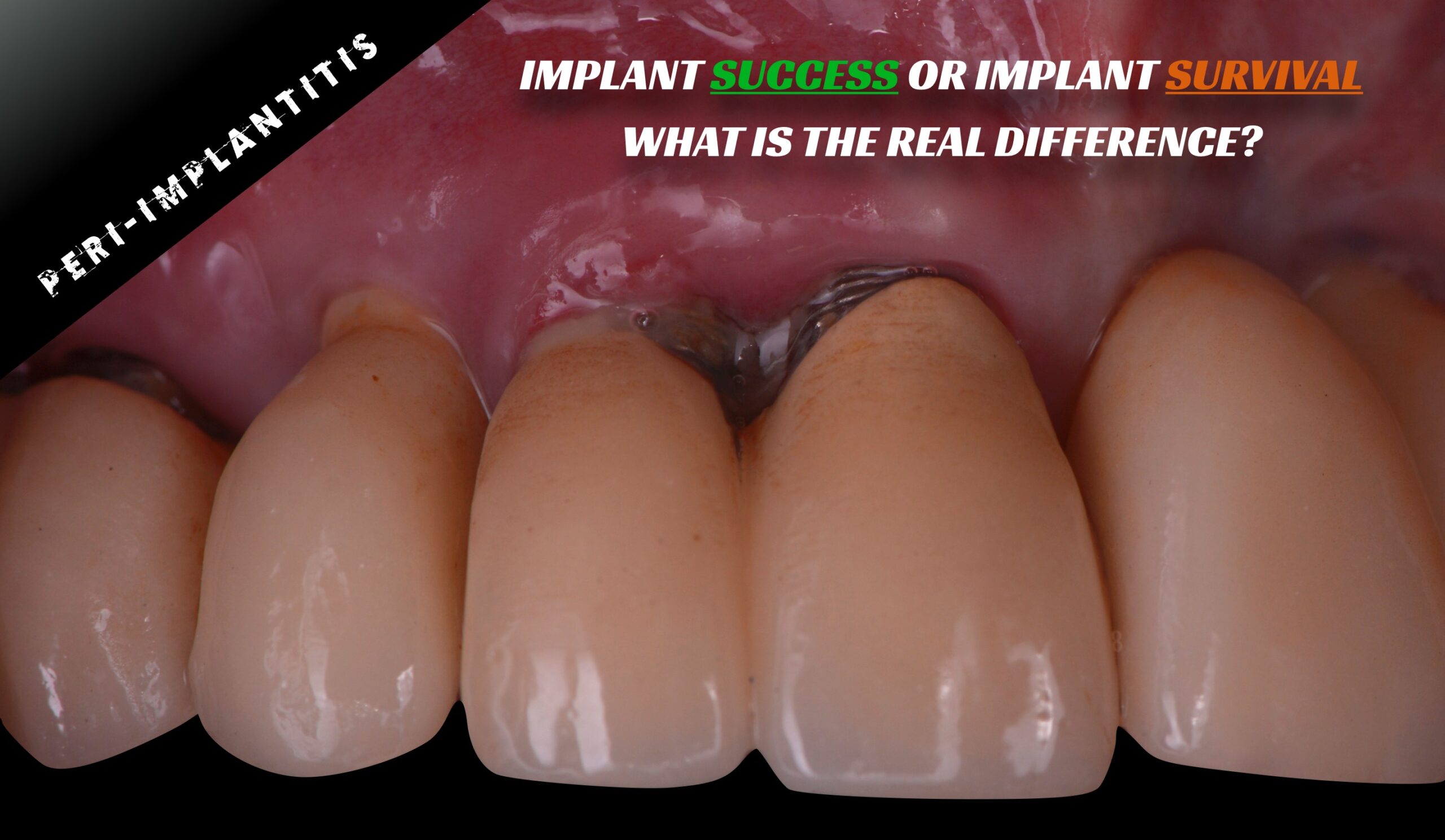Dental implant placement is one of the most common dental procedures in our practice today.
From the first implant placed back in 1967 from the Dr. Per-Ingvar Brånemark to Gösta Larsson and his driver Sven Johansson many changes on micro and macro design have been developed either over the implant surface to improve bone implant contact or connections to preserve periimplant tissues by the Implant Industry.
At the time of our Implant Re-Evaluation at short, mid and long term we must take into account that many factors will test the efficacy of our fixtures, the proper diagnosis and clinical execution when they were first placed. Not only to determine the implant success but also whether the implants are successfully living or struggling with a rapid bone resorption according to the signs and symptoms they show.
For this reason in 2007 the “International Congress of Oral Implantologists, Pisa, Italy, Consensus Conference 2007” was celebrated in order to establish a standard way to evaluate the implants that our patients show and give the appropriate prognosis according to different factors:
- Mobility
- Pain
- Exudate or Bleeding
- Radiological Bone loss
- Probing depth
Depending on the different signs or symptoms we will determine that the implants belong to different groups for proper Implant prognosis at short, mid or long term.
- Success (optimum health)
- Satisfactory Survival
- Compromised Survival
- Failure (Clinical or absolute failure)

International Congress of Oral Implantologists, Pisa, Italy, Consensus Conference 2007
In order to learn all the biological aspects related to implant failure or implant success I recommend you to watch the Masterclass “The Rule of 7 for no longer bone loss” to take your own decisions based on the Biological Rules.

